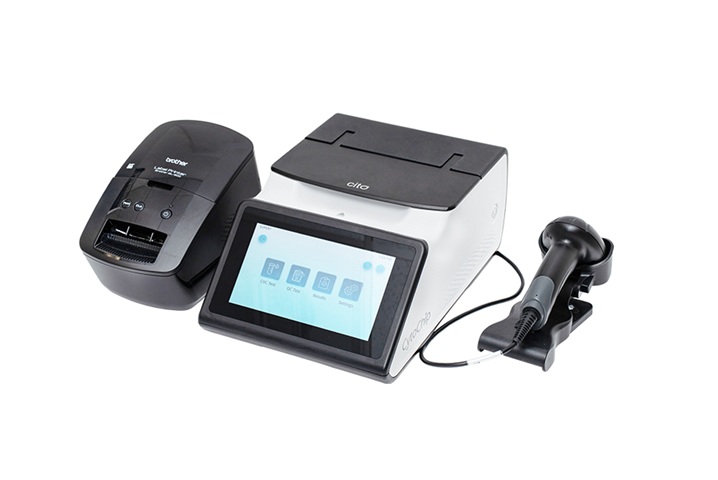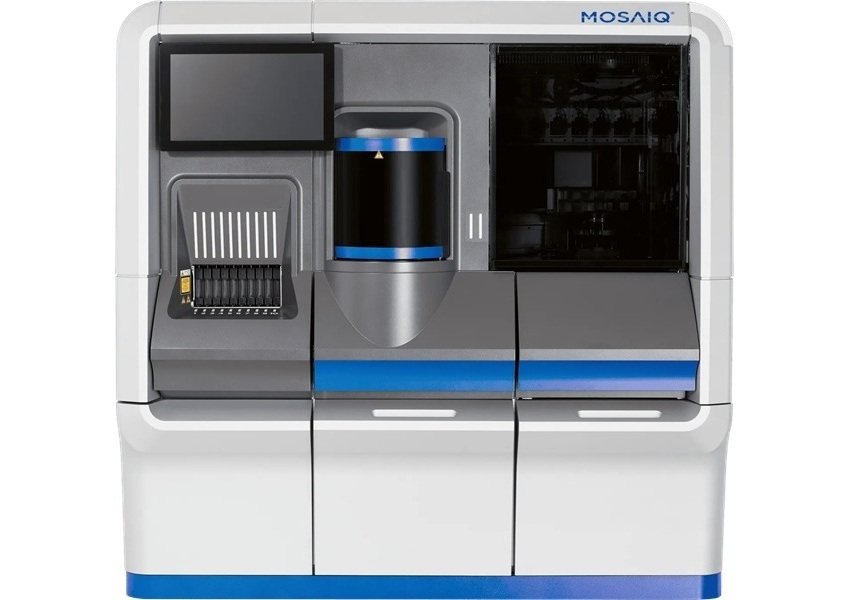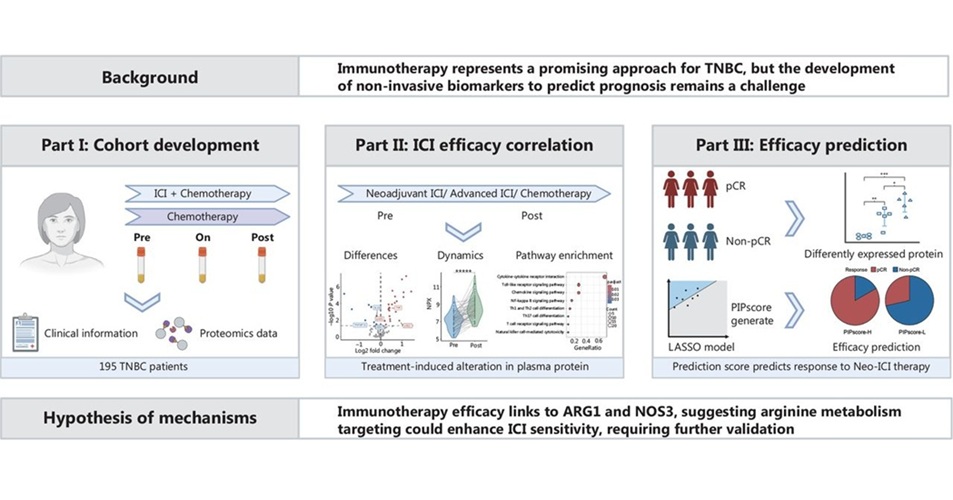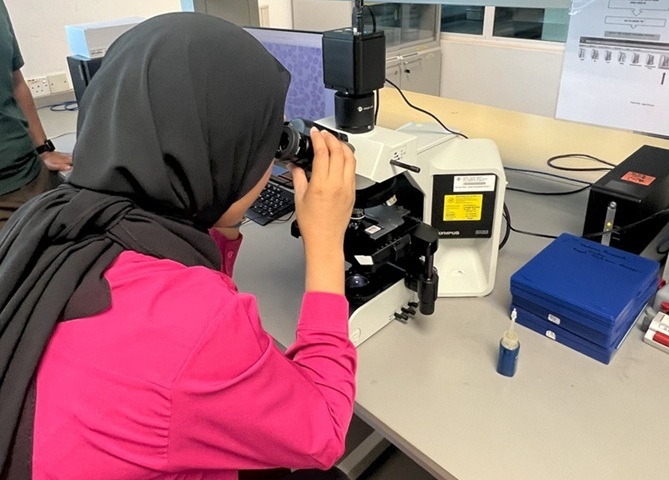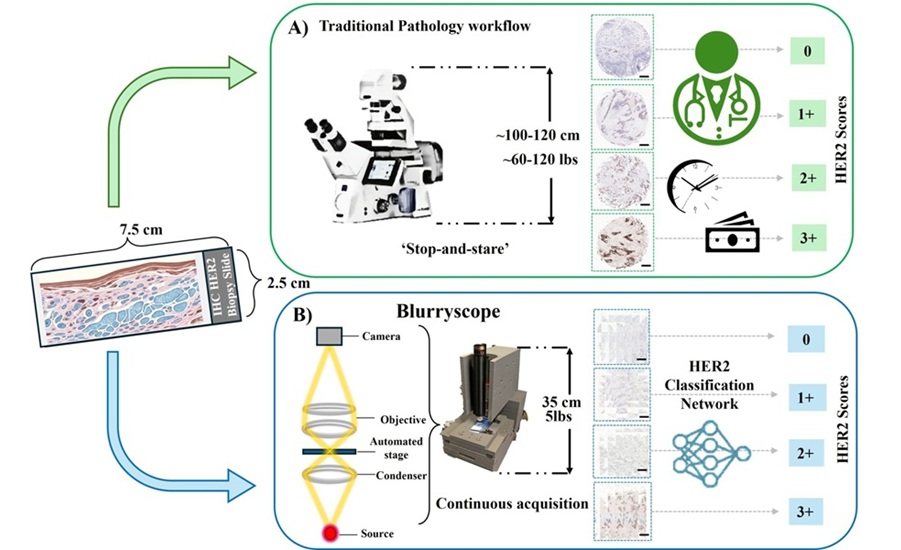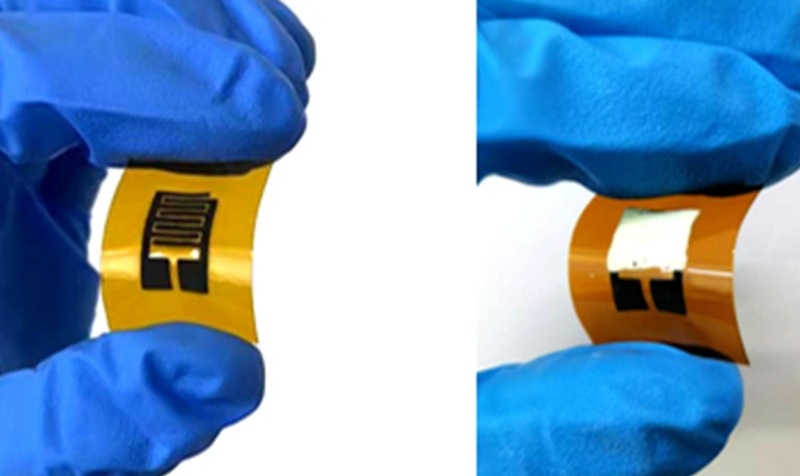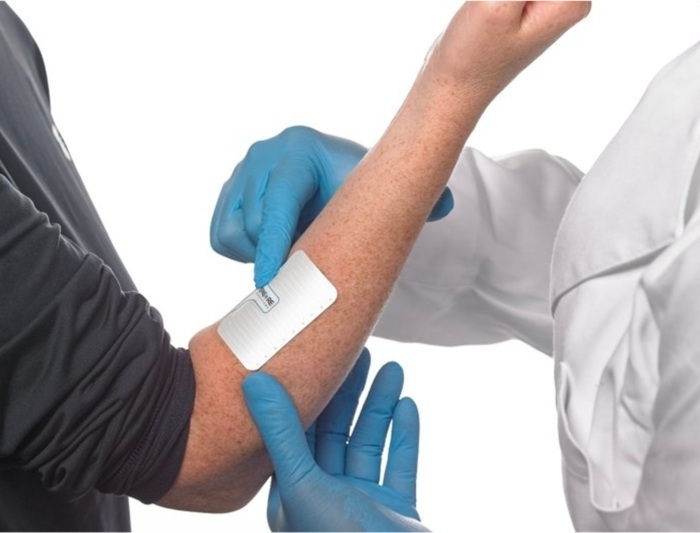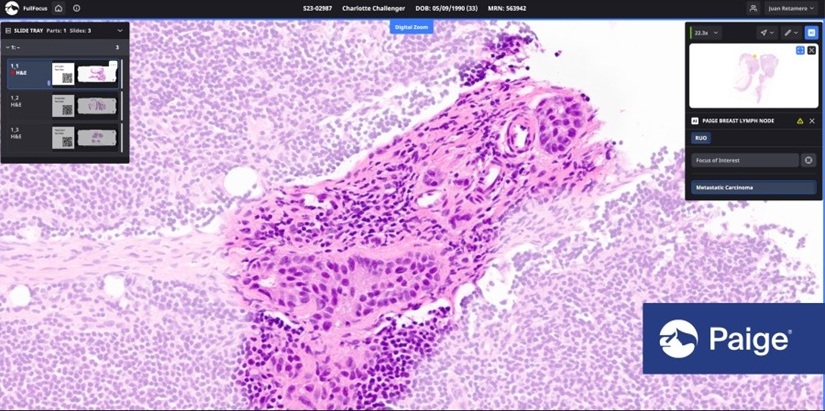Prehospital Plasma GFAP Analyzed as Stroke Biomarker
|
By LabMedica International staff writers Posted on 30 Sep 2021 |
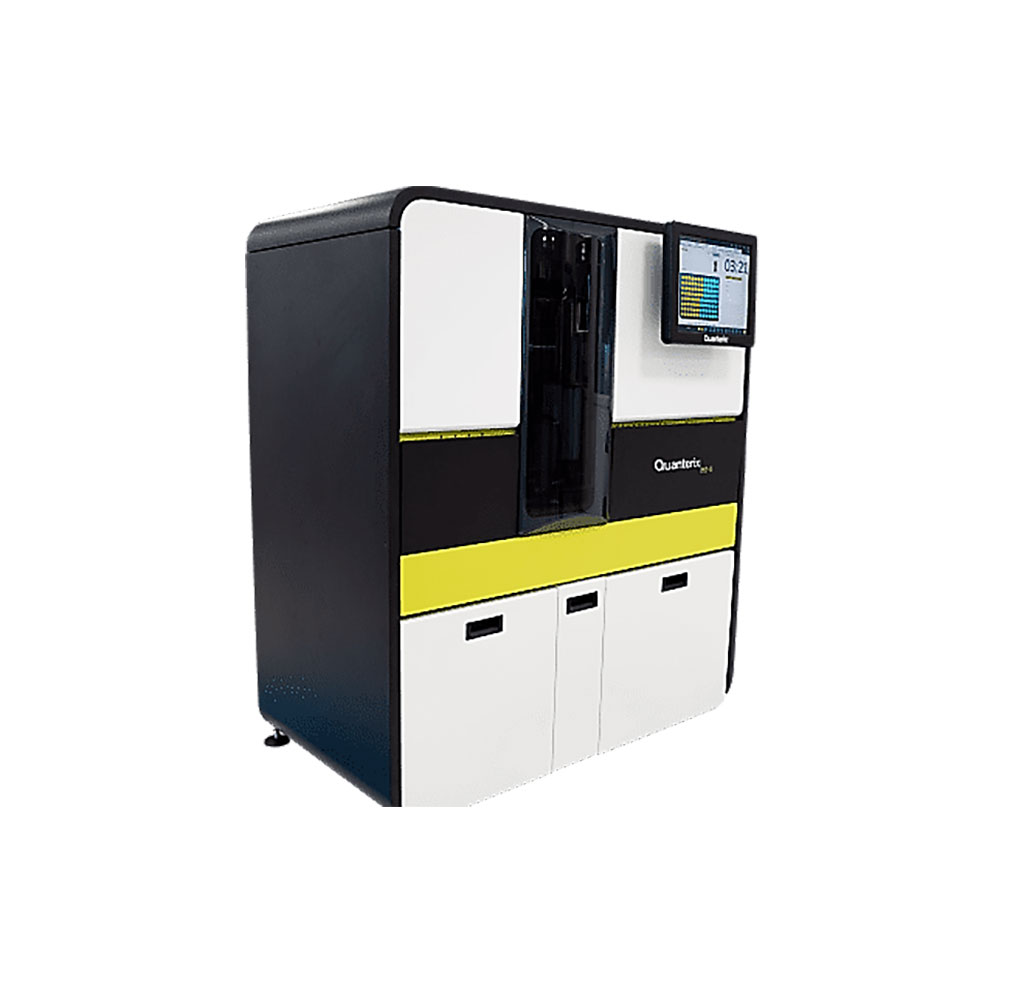
Image: Simoa HD-1 Analyzer is the latest model fully automated Simoa bead-based immunoassay platform (Photo courtesy of Quanterix)
Emergency medical services (EMS) encountering patients with acute stroke symptoms are challenged with the difficult task of rapidly triaging the patient to the appropriate hospital with sufficient therapeutic capabilities.
Glial fibrillary acidic protein (GFAP) and tau are differentially released in ischemic and hemorrhagic stroke (HS), but their very early release dynamics are unknown, as previous studies have focused on single-time point measurements after hospital admission. Circulating GFAP was increased in only 36% of patients with intracerebral hemorrhage (ICH).
Clinical Neuroscientists at the Helsinki University Hospital (Helsinki, Finland) and their colleagues performed ultra-sensitivite single-molecule array measurements of plasma GFAP and total tau in a stroke code patient cohort with cardinal stroke symptoms. Sequential sampling included two ultra-early samples and a follow-up sample on the next morning. The team included 272 cases (203 acute cerebral ischemia [ACI], 60 HS, and nine stroke mimics).
The investigators performed plasma GFAP and total tau (T-tau) measurements using commercially available GFAP Discovery and Tau 2.0 kits on the Simoa HD-1 Analyzer, (Quanterix, Billerica, MA, USA). The median (IQR) last-known-well to sampling time was 53 (35–90) minutes for initial prehospital samples, 90 (67–130) minutes for secondary acute samples, and 21 (16–24) hours for next morning samples.
The scientists reported that the plasma GFAP was significantly higher in patients with HS than ACI (P < 0.001 for <1 hour and <3 hour prehospital samples, and <3 hour secondary samples), while total tau showed no intergroup difference. The prehospital GFAP release rate (pg/mL/minute) occurring between the two very early samples was significantly higher in patients with HS than ACI [2.4 (0.6–14.1)] versus 0.3 (0.3–0.9) pg/mL/minute. For cases with <3 hour prehospital sampling (ACI n = 178, HS n = 59), a combined rule (prehospital GFAP >410 pg/mL, or prehospital GFAP 90–410 pg/mL together with GFAP release >0.6 pg/mL/minute) enabled ruling out HS with high certainty (NPV 98.4%) in 68% of patients with ACI (sensitivity for HS 96.6%, specificity 68%, PPV 50%).
The authors concluded that their study demonstrated that when sufficiently sensitive assay technology is applied, the very early prehospital GFAP plasma concentration and its prehospital release rate can in combination provide improved differential diagnosis of patients with ACI and HS. GFAP ruled out HS in two-thirds of patients with ACI with high certainty, with improved performance in cases with moderate to severe stroke symptoms. The study was published on August 12, 2021 in the journal Clinical Chemistry.
Related Links:
Helsinki University Hospital
Quanterix
Glial fibrillary acidic protein (GFAP) and tau are differentially released in ischemic and hemorrhagic stroke (HS), but their very early release dynamics are unknown, as previous studies have focused on single-time point measurements after hospital admission. Circulating GFAP was increased in only 36% of patients with intracerebral hemorrhage (ICH).
Clinical Neuroscientists at the Helsinki University Hospital (Helsinki, Finland) and their colleagues performed ultra-sensitivite single-molecule array measurements of plasma GFAP and total tau in a stroke code patient cohort with cardinal stroke symptoms. Sequential sampling included two ultra-early samples and a follow-up sample on the next morning. The team included 272 cases (203 acute cerebral ischemia [ACI], 60 HS, and nine stroke mimics).
The investigators performed plasma GFAP and total tau (T-tau) measurements using commercially available GFAP Discovery and Tau 2.0 kits on the Simoa HD-1 Analyzer, (Quanterix, Billerica, MA, USA). The median (IQR) last-known-well to sampling time was 53 (35–90) minutes for initial prehospital samples, 90 (67–130) minutes for secondary acute samples, and 21 (16–24) hours for next morning samples.
The scientists reported that the plasma GFAP was significantly higher in patients with HS than ACI (P < 0.001 for <1 hour and <3 hour prehospital samples, and <3 hour secondary samples), while total tau showed no intergroup difference. The prehospital GFAP release rate (pg/mL/minute) occurring between the two very early samples was significantly higher in patients with HS than ACI [2.4 (0.6–14.1)] versus 0.3 (0.3–0.9) pg/mL/minute. For cases with <3 hour prehospital sampling (ACI n = 178, HS n = 59), a combined rule (prehospital GFAP >410 pg/mL, or prehospital GFAP 90–410 pg/mL together with GFAP release >0.6 pg/mL/minute) enabled ruling out HS with high certainty (NPV 98.4%) in 68% of patients with ACI (sensitivity for HS 96.6%, specificity 68%, PPV 50%).
The authors concluded that their study demonstrated that when sufficiently sensitive assay technology is applied, the very early prehospital GFAP plasma concentration and its prehospital release rate can in combination provide improved differential diagnosis of patients with ACI and HS. GFAP ruled out HS in two-thirds of patients with ACI with high certainty, with improved performance in cases with moderate to severe stroke symptoms. The study was published on August 12, 2021 in the journal Clinical Chemistry.
Related Links:
Helsinki University Hospital
Quanterix
Latest Clinical Chem. News
- Gold Nanoparticles to Improve Accuracy of Ovarian Cancer Diagnosis
- Simultaneous Cell Isolation Technology Improves Cancer Diagnostic Accuracy
- Simple Non-Invasive Hair-Based Test Could Speed ALS Diagnosis
- Paper Strip Saliva Test Detects Elevated Uric Acid Levels Without Blood Draws
- Prostate Cancer Markers Based on Chemical Make-Up of Calcifications to Speed Up Detection
- Breath Test Could Help Detect Blood Cancers
- ML-Powered Gas Sensors to Detect Pathogens and AMR at POC
- Saliva-Based Cancer Detection Technology Eliminates Need for Complex Sample Preparation
- Skin Swabs Could Detect Parkinson’s Years Before Symptoms Appear
- New Clinical Chemistry Analyzer Designed to Meet Growing Demands of Modern Labs

- New Reference Measurement Procedure Standardizes Nucleic Acid Amplification Test Results
- Pen-Like Tool Quickly and Non-Invasively Detects Opioids from Skin
- Simple Urine Test Could Detect Multiple Cancers at Early Stage
- Earwax Test Accurately Detects Parkinson’s by Identifying Odor Molecules
- First-Of-Its-Kind Quantitative Method Assesses Opioid Exposure in Newborns
- Paper-Based Devices Outperform Existing Methods in Diagnosing Asymptomatic Malaria
Channels
Molecular Diagnostics
view channel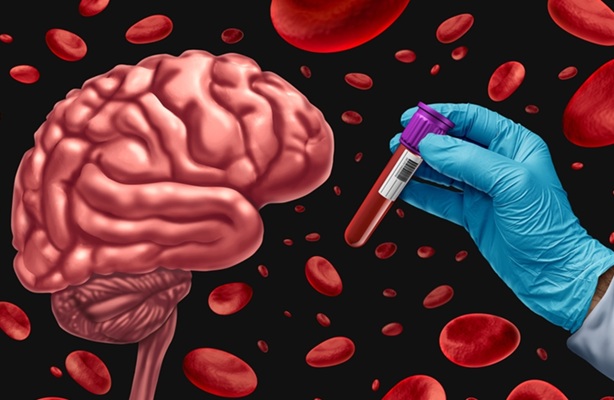
Blood Test Could Detect Proteins Linked to Alzheimer's Disease and Memory Loss
Alzheimer’s disease has long been associated with sticky amyloid plaques in the brain, but these markers alone do not fully explain the memory loss and cognitive decline patients experience.... Read more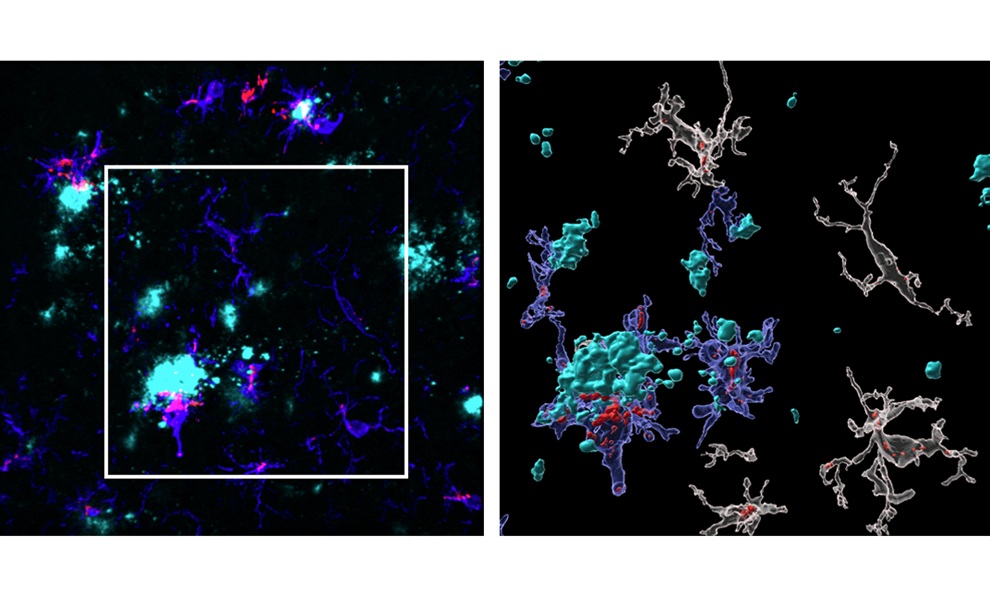
Brain Inflammation Biomarker Detects Alzheimer’s Years Before Symptoms Appear
Alzheimer’s disease affects millions globally, but patients are often diagnosed only after memory loss and other symptoms appear, when brain damage is already extensive. Detecting the disease much earlier... Read more
First-of-Its-Kind Blood Test Detects Over 50 Cancer Types
Many cancers lack routine screening, so patients are often diagnosed only after tumors grow and spread, when options are limited. A faster, less invasive approach that broadens early detection could shift... Read more
Routine Blood Draws Could Detect Epigenetic Biomarkers for Predicting Cardiovascular Disease Risk
Cardiovascular disease is a leading cause of death worldwide, yet predicting individual risk remains a persistent challenge. Traditional risk factors, while useful, do not fully capture biological changes... Read moreHematology
view channel
Pioneering Model Measures Radiation Exposure in Blood for Precise Cancer Treatments
Scientists have long focused on protecting organs near tumors during radiotherapy, but blood — a vital, circulating tissue — has largely been excluded from dose calculations. Each blood cell passing through... Read more
Platelets Could Improve Early and Minimally Invasive Detection of Cancer
Platelets are widely recognized for their role in blood clotting and scab formation, but they also play a crucial role in immune defense by detecting pathogens and recruiting immune cells.... Read more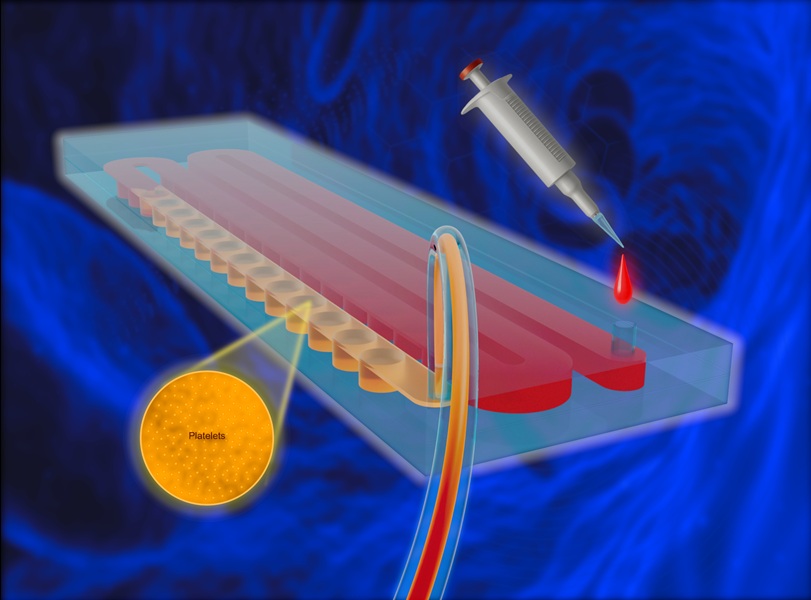
Portable and Disposable Device Obtains Platelet-Rich Plasma Without Complex Equipment
Platelet-rich plasma (PRP) plays a crucial role in regenerative medicine due to its ability to accelerate healing and repair tissue. However, obtaining PRP traditionally requires expensive centrifugation... Read moreImmunology
view channel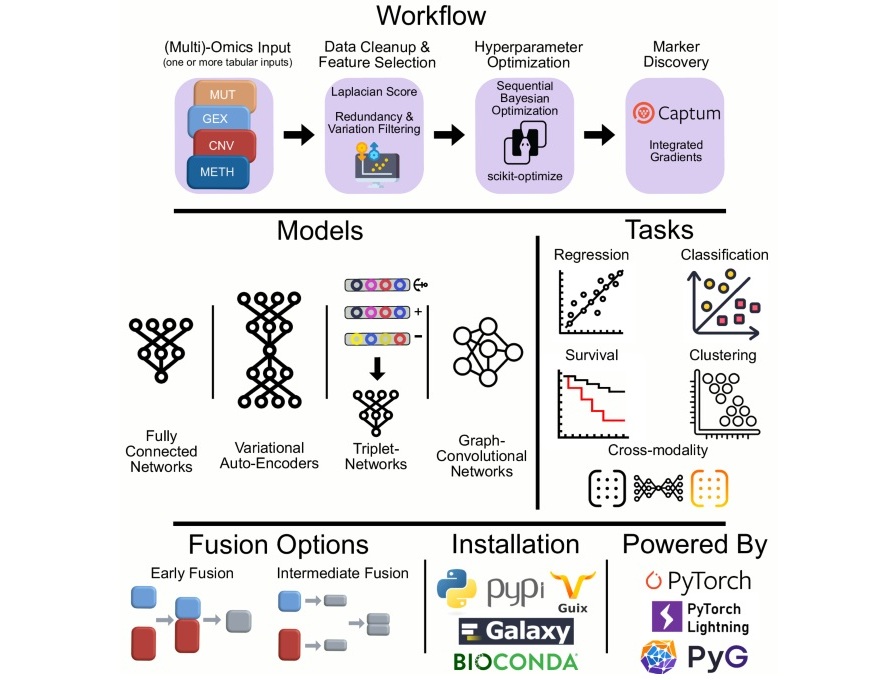
Novel Tool Uses Deep Learning for Precision Cancer Therapy
Nearly 50 new cancer therapies are approved each year, but selecting the right one for patients with highly individual tumor characteristics remains a major challenge. Physicians struggle to navigate the... Read more
Companion Diagnostic Test Identifies HER2-Ultralow Breast Cancer and Biliary Tract Cancer Patients
Breast cancer is the most common cancer in Europe, with more than 564,000 new cases and 145,000 deaths annually. Metastatic breast cancer is rising in younger populations and remains the leading cause... Read moreMicrobiology
view channel
Microfluidic Platform Assesses Neutrophil Function in Sepsis Patients
Sepsis arises from infection and immune dysregulation, with neutrophils playing a central role in its progression. However, current clinical tools are unable to both isolate these cells and assess their... Read moreNew Diagnostic Method Confirms Sepsis Infections Earlier
Sepsis remains one of the most dangerous medical emergencies, often progressing rapidly and becoming fatal without timely intervention. Each hour of delayed treatment in septic shock reduces patient survival... Read more
New Markers Could Predict Risk of Severe Chlamydia Infection
Chlamydia trachomatis is a common sexually transmitted infection that can cause pelvic inflammatory disease, infertility, and other reproductive complications when it spreads to the upper genital tract.... Read more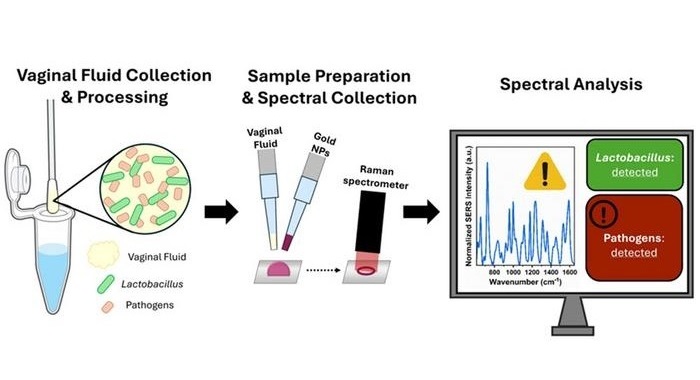
Portable Spectroscopy Rapidly and Noninvasively Detects Bacterial Species in Vaginal Fluid
Vaginal health depends on maintaining a balanced microbiome, particularly certain Lactobacillus species. Disruption of this balance, known as dysbiosis, can increase risks of infection, pregnancy complications,... Read morePathology
view channelAccurate Pathological Analysis Improves Treatment Outcomes for Adult Fibrosarcoma
Adult fibrosarcoma is a rare and highly aggressive malignancy that develops in connective tissue and often affects the limbs, trunk, or head and neck region. Diagnosis is complex because tumors can mimic... Read more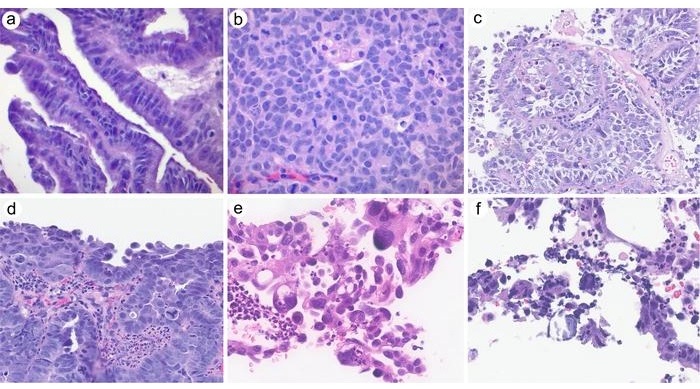
Clinicopathologic Study Supports Exclusion of Cervical Serous Carcinoma from WHO Classification
High-grade serous carcinoma is a rare diagnosis in cervical biopsies and can be difficult to distinguish from other tumor types. Cervical serous carcinoma is no longer recognized as a primary cervical... Read moreTechnology
view channel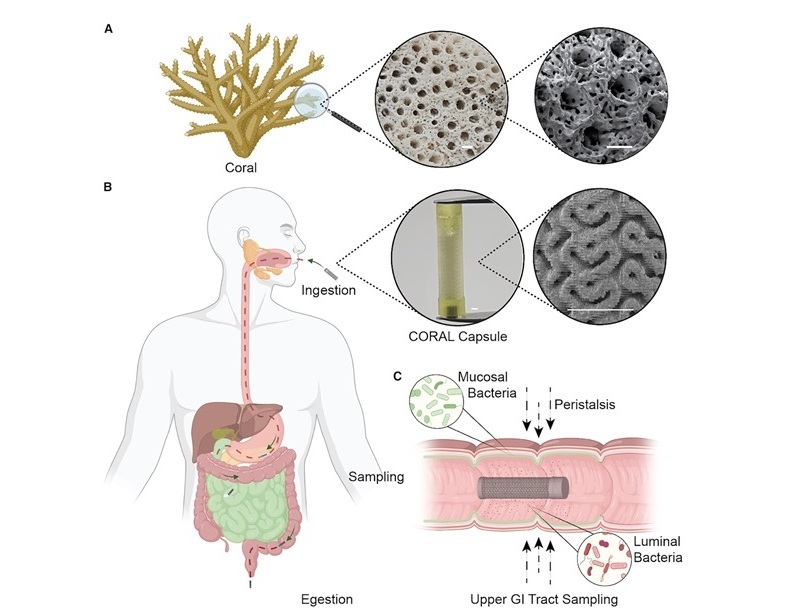
Coral-Inspired Capsule Samples Hidden Bacteria from Small Intestine
The gut microbiome has been linked to conditions ranging from immune disorders to mental health, yet conventional stool tests often fail to capture bacterial populations in the small intestine.... Read more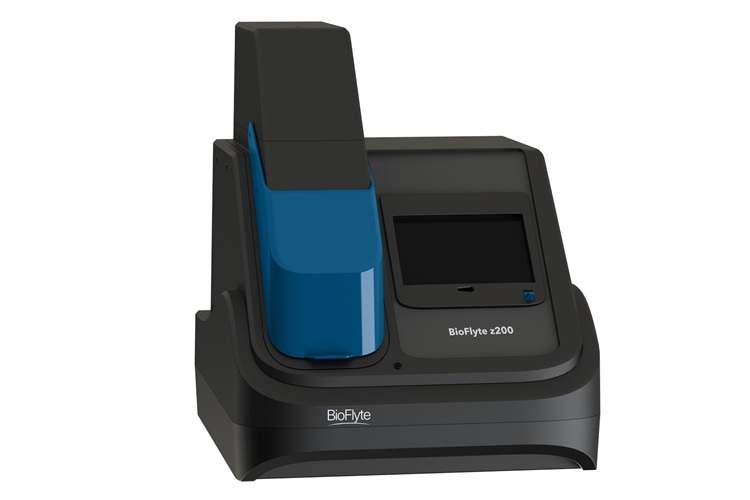
Rapid Diagnostic Technology Utilizes Breath Samples to Detect Lower Respiratory Tract Infections
Respiratory tract infections (LRTIs) are leading causes of illness and death worldwide, particularly among vulnerable populations such as the elderly, young children, and those with compromised immune systems.... Read moreIndustry
view channel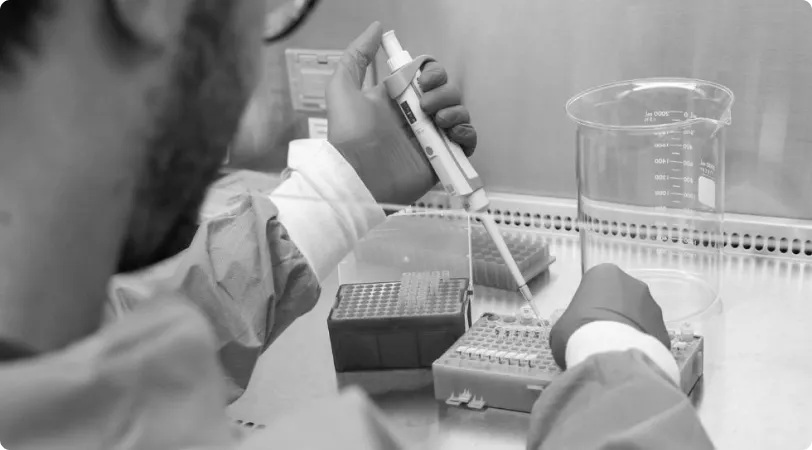
VedaBio Partners With Mammoth Biosciences to Expand CRISPR-Based Diagnostic Technologies
VedaBio (San Diego, CA, USA) has entered into a non-exclusive license agreement with Mammoth Biosciences (Brisbane, CA, USA) for the use of select CRISPR-based technologies in diagnostic applications.... Read more











